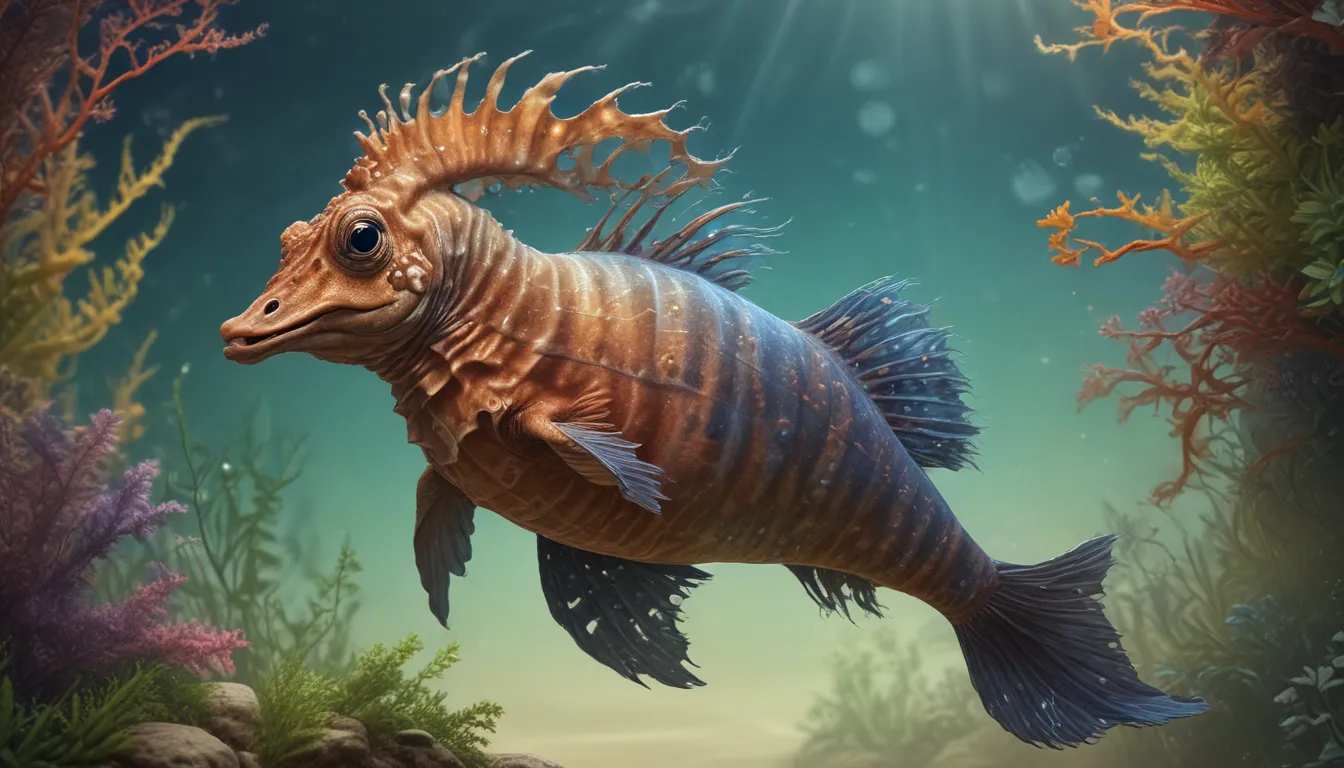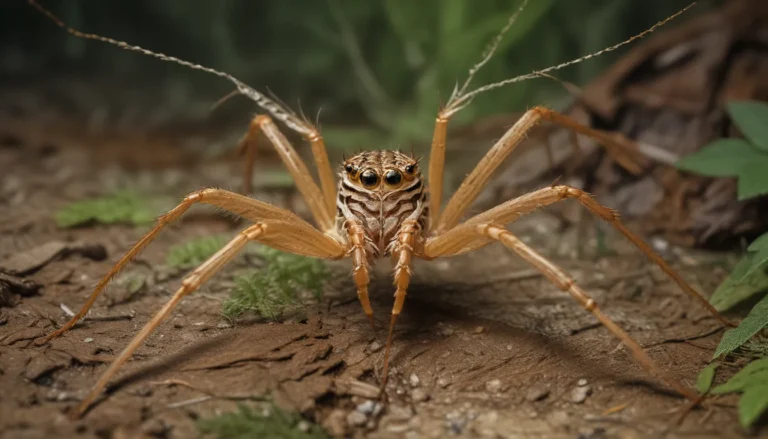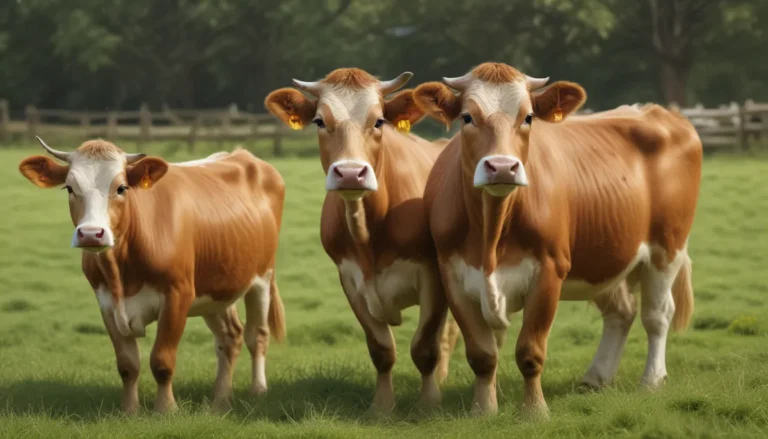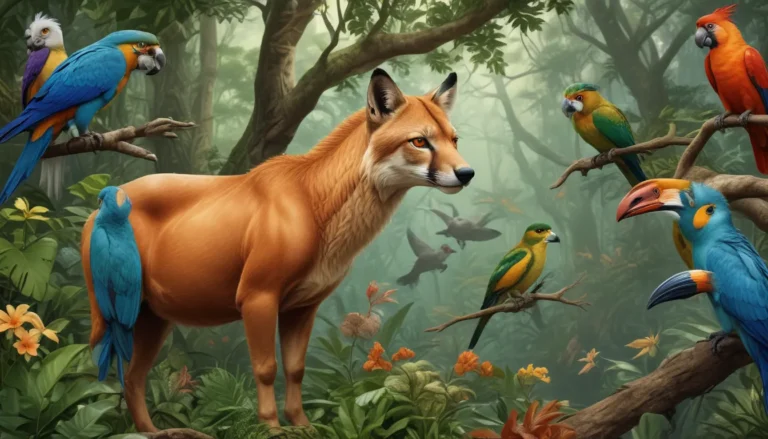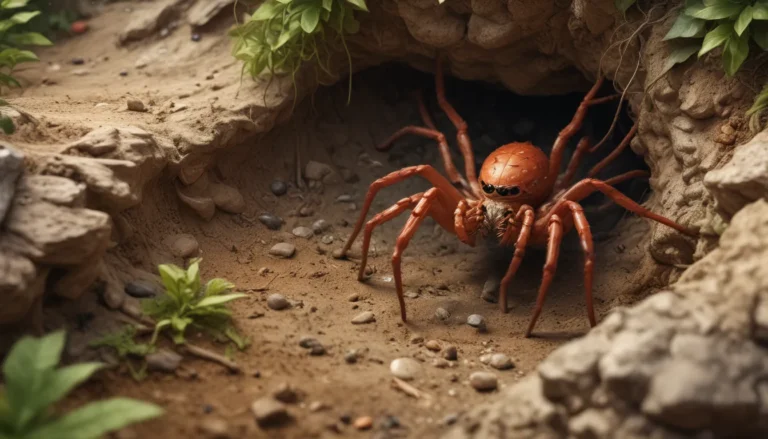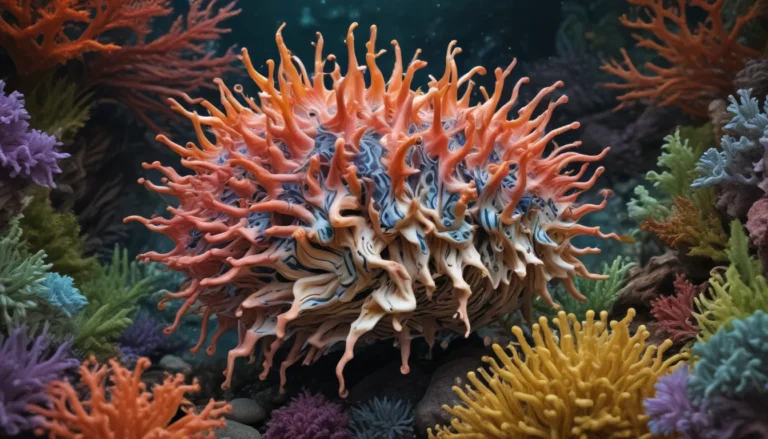The pictures we use in our articles might not show exactly what the words say. We choose these pictures to make you interested in reading more. The pictures work together with the words but don’t take their place. The words still tell you the important facts.
Are you ready to dive into the captivating world of pot-bellied seahorses? These unique creatures have captured the hearts of marine enthusiasts and casual observers alike with their distinctive appearance and fascinating behaviors. As we unravel 11 intriguing facts about pot-bellied seahorses, you will be amazed by their extraordinary qualities and unique adaptations that make them truly remarkable.
Delving into the Mysteries of Pot-Bellied Seahorses
Pot-bellied seahorses, scientifically known as Hippocampus abdominalis, stand out with their round-shaped bellies and elongated snouts, setting them apart from other seahorse species. These seahorses are one of the largest of their kind, growing up to an impressive 35 centimeters in length, making them a remarkable sight to behold. Their vibrant colors, ranging from shades of yellow, orange, brown, and even pink, add to their visual appeal, while their intricate patterns and colors help them camouflage with their surroundings, making it challenging for predators to spot them.
Male Pot Bellied Seahorses: The Ultimate Parent
One of the most fascinating aspects of pot-bellied seahorses is their unique reproduction method. Unlike most animals, it is the male seahorses that carry the eggs and give birth to their offspring. After the female transfers her eggs into the male's brood pouch, he nurtures them until they are ready to emerge into the world. This role reversal in parenting is truly a marvel of nature and sets pot-bellied seahorses apart from other species.
Exceptional Hunters of the Ocean
Pot-bellied seahorses showcase remarkable hunting abilities, using their elongated snouts to ambush prey with precision and speed. Their prehensile tails enable them to anchor themselves to seagrass, coral reefs, or other objects, even in turbulent ocean currents. While they may not be strong swimmers, pot-bellied seahorses navigate through the water with grace and efficiency, relying on their pectoral fins to move smoothly.
Intricate Courtship Rituals: A Dance of Love
Before mating, pot-bellied seahorses engage in an elaborate courtship dance, showcasing intricate displays and rhythmic movements to attract a mate. Their courtship rituals are a sight to behold, highlighting the beauty and grace of these enchanting creatures.
Protecting Pot-Bellied Seahorses: A Call to Action
As vulnerable species facing threats from habitat destruction, pollution, and overfishing, pot-bellied seahorses require conservation efforts to safeguard their populations. These seahorses play a vital role in marine ecosystems, controlling small invertebrate populations and contributing to the overall health and balance of underwater environments. By raising awareness about their conservation needs, we can ensure the survival of these remarkable creatures for future generations to admire and appreciate.
FAQs: Exploring More About Pot-Bellied Seahorses
- Where can pot-bellied seahorses be found? Pot-bellied seahorses are native to the waters of the Indo-Pacific region, including countries like Australia, Indonesia, Thailand, and the Philippines.
- How big do pot-bellied seahorses grow? These seahorses typically reach sizes of 4 to 5 inches (10 to 13 centimeters) in length.
- Can pot-bellied seahorses change color? Yes, pot-bellied seahorses have the ability to change their colors to blend in with their surroundings and avoid predators.
- How do pot-bellied seahorses reproduce? Male pot-bellied seahorses carry the eggs in a specialized pouch on their belly, where they are fertilized and incubated until they hatch.
- Are pot-bellied seahorses endangered? Yes, pot-bellied seahorses are considered vulnerable due to various threats, necessitating conservation efforts to protect their populations.
- What do pot-bellied seahorses eat? These seahorses primarily feed on small crustaceans, such as shrimp and tiny fish, using their long snouts to catch prey.
- Can pot-bellied seahorses be kept as pets? Keeping pot-bellied seahorses as pets requires specific care and knowledge to ensure their well-being.
- Do pot-bellied seahorses have predators? Yes, larger fish and marine mammals are predators of pot-bellied seahorses, prompting their ability to blend in with their surroundings for protection.
Unveiling the Marvels of Pot-Bellied Seahorses
Pot-bellied seahorses are a true marvel of the ocean, captivating us with their unique appearance and behavior. As we admire these enchanting creatures, let us not forget the crucial role they play in marine ecosystems and the importance of conservation efforts to protect their populations. By learning more about pot-bellied seahorses and raising awareness about their conservation needs, we can ensure a bright future for these remarkable creatures in our oceans. Let the world of pot-bellied seahorses inspire you to explore and appreciate the beauty and diversity of marine life around us.
